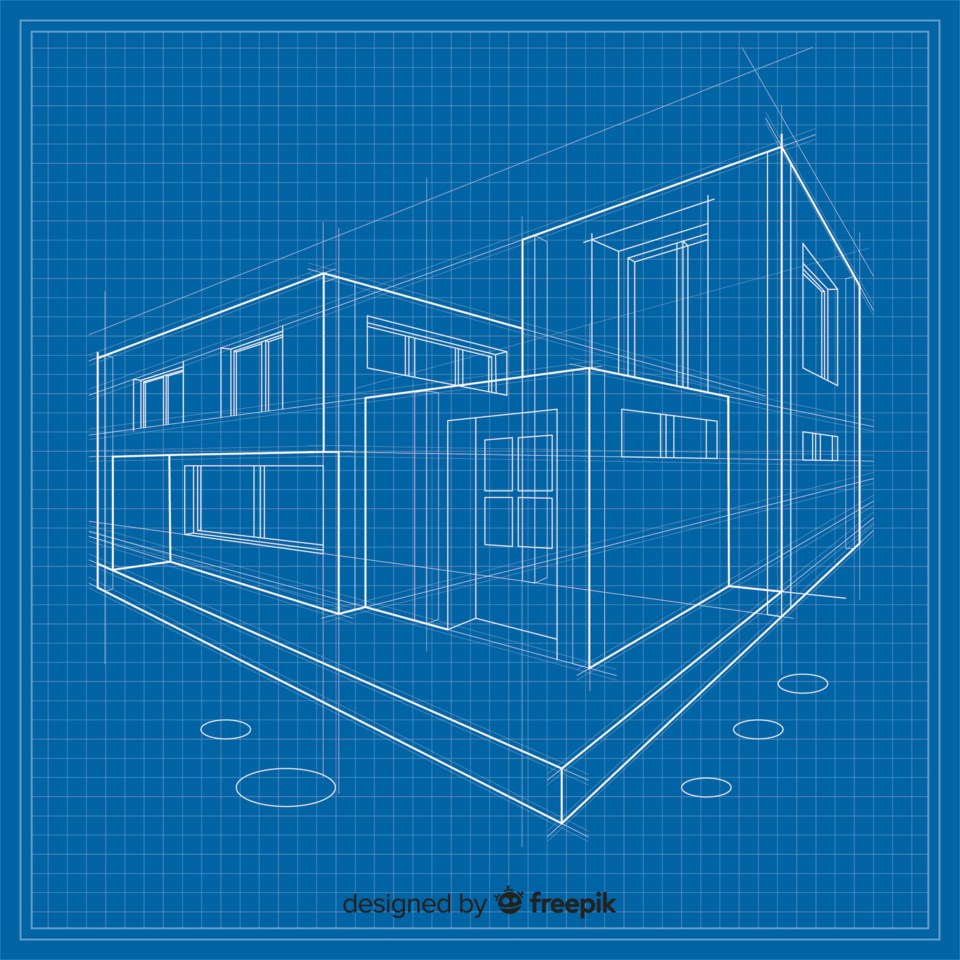Imagine building a house. But instead of following a blueprint you show up to the build-site, grab whatever materials you find nearby, and start putting up walls and a roof.
Anyone in construction knows this is a terrible approach. No matter how solid-looking the outcome, it would immediately be susceptible to the elements and wouldn’t stand the test of time. To get the most value for effort expended, a house must be built with intention following a specific plan, or blueprint. Most of us know this intuitively.
And yet, many of us fail to see the importance of this concept when building other things-- like the organizations we lead, or the community we live in. The idea of ‘building’ an organization or ‘building’ a community using the house analogy above may seem odd to some but I have seen firsthand the impact this decision can have - building with a blueprint, or without.
A house blueprint helps us focus efforts toward a defined outcome. It contains the many layers that go into the build - details about the foundation, the walls and roof infrastructure, the plumbing and electrical systems, and the finishing elements we interact with each day.
Organizations are no different. To build a healthy, structurally sound organization there are many layers to consider-- product or service, IT systems and people processes, and a vision for where the organization is going. Some organizations take a very intentional approach to these parts. Those who do often see greater success than those who don’t.
The same goes for building community. Coming at this endeavour through an intentional lens, getting clarity on what we want our community to look like when we are finished building it - this is blueprint territory.
The key - these concepts actually stack on top of each other. Communities are simply a collection of connected organizations of people - whether businesses, neighbourhood associations, non-profits or government. So what if each of these entities was built on an intentional blueprint? A clear picture of who they are, their purpose in the community, and where they are going. Some argue communities simply evolve and become what they are over time. Shaped by forces out of our control, and largely by happenstance.
I would present a different case. Right here within my own community of Cochrane, I have seen organizational and community blueprints come together in a very impactful way. Two years ago Innovate Cochrane, then an upstart community-focused nonprofit, piloted a program called the Community Innovation Ecosystem - or CIE for short. It was an eight month blueprint of sorts focused on intentional, organization and community building. Participant businesses and nonprofits spent time ‘looking under the hood’ of their organizations, learning new ways to engage their operational realities through focus on people, idea generation, problem-solving skills, managing change, and systematically preparing for the future. This is organizational blueprint ‘stuff’. But then the ‘community blueprint’ was layered on. Doing the above activities alongside other organizations allowed for broader sharing of experience and insight, exposing needs and opportunities that organizations came together to solve and support. To say we collectively experienced some ‘magic’ in those sessions sounds trite, but it is not overstated. With impact still being felt today.
As Innovate Cochrane kicks off its third CIE cohort in September, I am reminded of the power of intentional foundation-laying we can do in our own lives, in leading organizations, and in building a healthy community for the long haul.
Which leads to today’s call to action: What are we doing to lay strong organization and community foundations for the future? What is my individual part?




